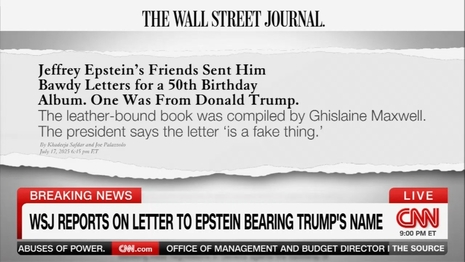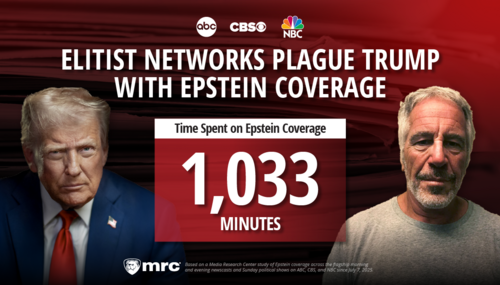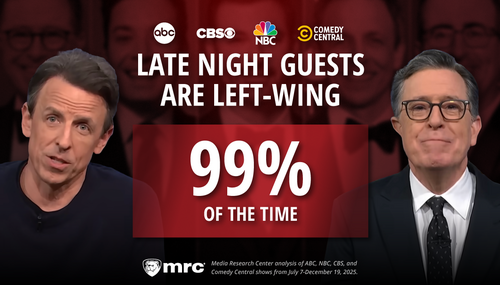 On Friday, President Trump filed another defamation suit against a media outlet, this time against the Wall Street Journal. According to the filing, much of the “malicious, deliberate, and despicable actions that give rise to this action” stemmed from the fact that the newspaper never produced nor explained how it obtain or was informed of a purported birthday letter from Trump to convicted pedophile Jeffrey Epstein. The filing argued that the point of the article was to tie the men together.
On Friday, President Trump filed another defamation suit against a media outlet, this time against the Wall Street Journal. According to the filing, much of the “malicious, deliberate, and despicable actions that give rise to this action” stemmed from the fact that the newspaper never produced nor explained how it obtain or was informed of a purported birthday letter from Trump to convicted pedophile Jeffrey Epstein. The filing argued that the point of the article was to tie the men together.
The filing accused writers Khadeeja and Joseph Palazzolo of pulling “quotes from the nonexistent letter,” while The Journal never showed the reader proof that the letter existed:
On the one hand, Defendants Safdar and Palazzolo falsely pass off as fact that President Trump, in 2003, wrote, drew, and signed this letter. And on the other hand, Defendants Safdar and Palazzolo failed to attach the letter, failed to attach the alleged drawing, failed to show proof that President Trump authored or signed any such letter, and failed to explain how this purported letter was obtained. The reason for those failures is because no authentic letter or drawing exists. Defendants concocted this story to malign President Trump's character and integrity and deceptively portray him in a false light.
“Despite the glaring failures in journalistic ethics and standards of accurate reporting, Defendants Dow Jones and News Corp – at the direction of Defendants Murdoch and Thomson – published to the world the false, defamatory, and malignant statements authored by Defendants,” the filing went on to say.
In the filing’s “statement of facts,” it argued that the newspaper never disclosed to the reader how they either came into possession of the purported letter, had it shown to them, or had it described to them by a source:
21 . Despite these unsubstantiated claims, however, the Article does not attach the purported letter, does not identify the purported drawing, nor does it show any proof that President Trump has anything to do with it.
22. Tellingly, the Article does not explain whether Defendants have obtained a copy of the letter, have seen it, have had it described to them, or any other circumstances that would otherwise lend credibility to the Article. That is because the supposed letter is a fake and the Defendants knew it when they chose to deliberately defame President Trump.
Judging by the language used in the article in question, it didn’t appear that The Journal had possession of the letter or even a copy. “The letter bearing Trump’s name, which was reviewed by the Journal, is bawdy—like others in the album,” they wrote (emphasis added to highlight).
Even if the writers were shown the document but weren’t allowed to photograph or republish it, one would think it would be disclosed to the reader.
In another section of the article, it seemed as though the writers had gotten information about the letter from other people who had seen, but didn’t have the letter themselves (emphasis added to highlight): “Pages from the leather-bound album—assembled before Epstein was first arrested in 2006—are among the documents examined by Justice Department officials who investigated Epstein and Maxwell years ago, according to people who have reviewed the pages.”
In addition to demanding jury trial, Trump was also seeking $10 billion among the various damages and legal fees.




